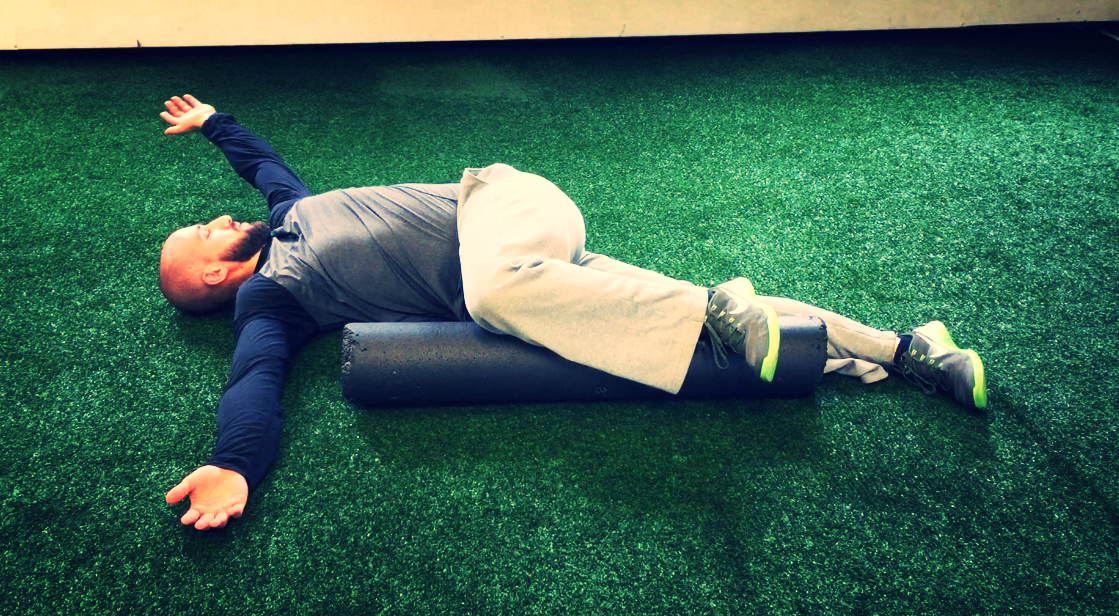
MY LATEST ARTICLES
Stay updated with all of my new content, click below to join my newsletter and get all of my new podcasts and articles emailed to you.

4 Squat Variations You Should Be Using If You Lack Mobility
The ability to squat is one of the most basic human movements. Unfortunately as we age, experience injury, and spend long periods of time sitting at desks and in the car our body loses the valuable mobility that it once had. Loss of mobility in our hips, spine, shoulders, or ankles can make the back squat a difficult and awkward feeling exercise to perform. And despite all of these common mobility restrictions the back squat is one of the most frequently performed exercises in the gym.
Because a mobility restriction makes back squatting a higher risk exercise to perform does this mean that squatting is something you should be avoiding when in the gym? Not necessarily. Like most other exercises you can always make modifications in order to make it safer and more effective for you.

The Art Of Foam Rolling
I’m no fortuneteller, but I’m usually pretty good at predicting the first few moves people make when they enter the gym. Somewhere between setting down their bag, consuming a healthy dose of caffeine, and loading up the barbell there’s some vaguely defined—albeit well-intentioned—period of time that involves rolling around on a foam roller or digging a lacrosse ball into various body parts.
These types of soft-tissue mobilization techniques have become a standard part of most people’s warm-up routines. But what do we really know about the science underlying these methods? And more importantly, are they right for everyone?
Wouldn’t it be great if we had a purpose and a plan, and not just a bunch of haphazard “I-think-this-is-supposed-to-be-good-for-me” exercises?
This article will explore some of what we know about the science of muscle and fascia, and how we can connect that information to our workouts for the best possible outcomes.

4 Easy Steps For Improving Thoracic Rotation
Most of us live in a world where our daily routines involve hours spent in front of a screen, in a car, or on a couch. As the hours you spend sitting accumulate, it’s likely the mobility of your hips, spine, and shoulders will begin to decrease. However, most of us may not see the negative effects of this decreased range of motion until we ask our body to perform an activity that challenges these ranges.
For example, let’s say you used to be a great baseball player in high school and golfed every summer with your buddies. Flash forward years from then and now all of the time you’ve spent at your desk has caused your shoulders to get tight and you no longer have the range of motion you once had. Your golf swing just doesn’t feel right, and throwing a round of batting practice leaves your shoulder feeling sore for days.
In this article we’ll cover four simple steps for how you can improve your thoracic mobility, which will allow your shoulders to feel looser, neck to feel better, and rotational activities like golf, baseball, and tennis feel easier.

The Truth About Sitting
Sitting is inevitable; most of us do it at work, then we sit on the car ride home, and then do it again while watching TV at the end of the day. When your day is made up of mostly sitting and you also lack movement and exercise in your daily routine you’ll notice that your body feels tired, lethargic, and tight.
In this post you will learn: what it is about sitting that can be problematic, how to alleviate pain that can be associated with prolonged sitting, and long term solutions to combat sitting related problems.

What Should You Do If Your Hip Pinches When You Squat?
If you’ve ever felt a “pinch” in your hip in the bottom of your squat, or have worked with a client who complains of this symptom, this article will help educate you on why this may be happening and teach you what you can do to keep your hips healthy and ultimately avoid this painful pinching.
FOLLOW ME
SEARCH FOR ARTICLES
FOLLOW ME ON INSTAGRAM
FREE EBOOK- MAXIMIZE YOUR OFF-SEASON BASEBALL TRAINING







